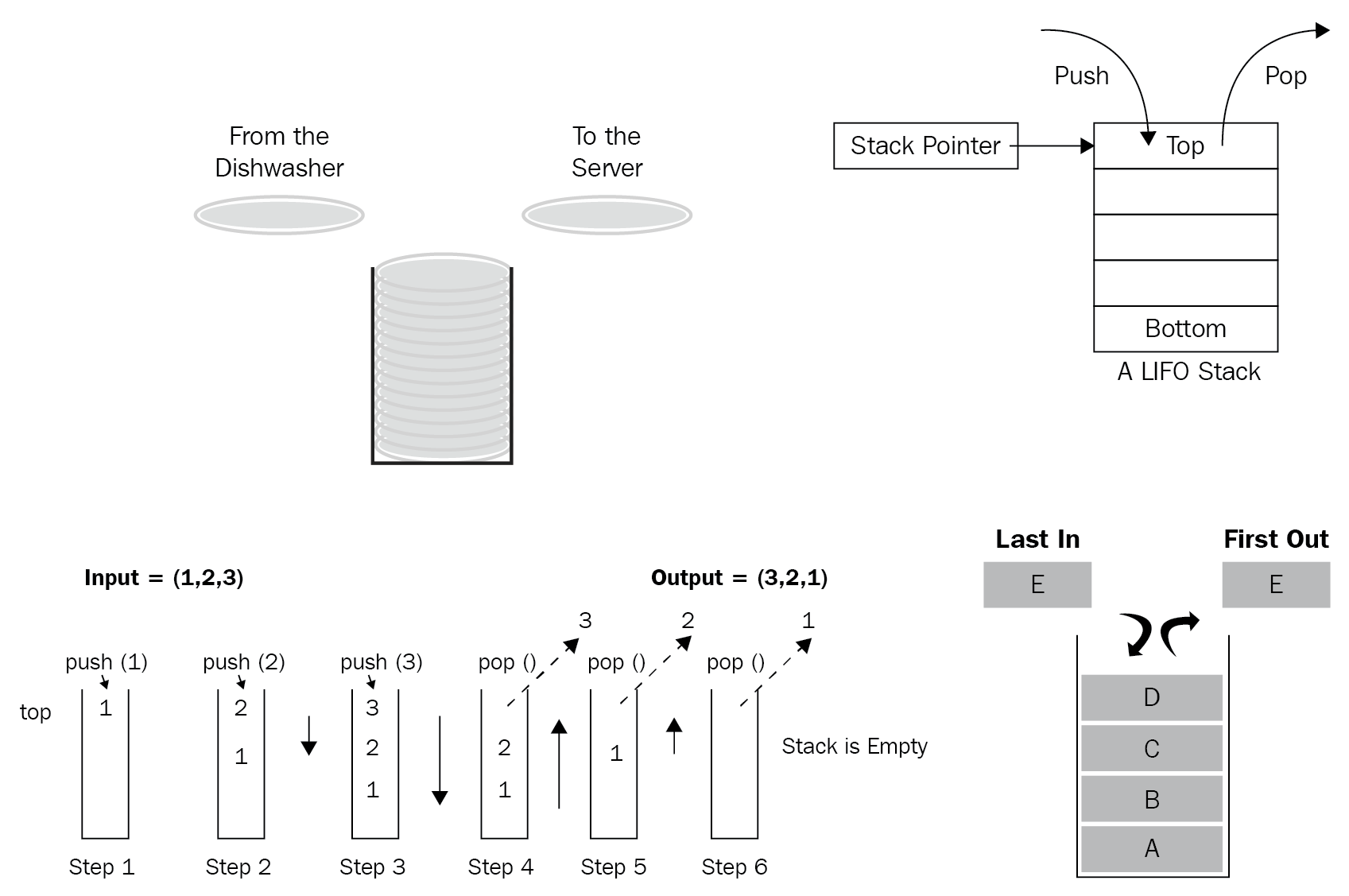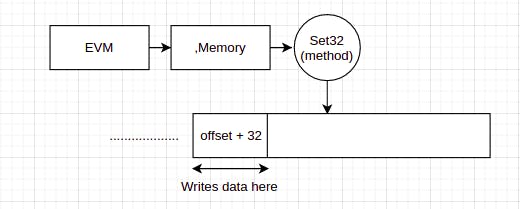A Deep Dive into the Data Structures of the Ethereum Virtual Machine (EVM)
Introduction
The Ethereum Virtual Machine (EVM) powers the Ethereum blockchain, executing smart contracts and processing transactions. Developers and blockchain enthusiasts need a deep understanding of the EVM's underlying data structures. This technical analysis will thoroughly explore the EVM's data structures, highlighting their mathematical complexity and significant impact on Ethereum's decentralized applications.
The Role of Data Structures in the EVM
The Ethereum Virtual Machine utilizes multiple data structures, each designed for effective data management and manipulation during smart contract execution. These data structures form the core architecture that maintains the Ethereum network's integrity, security, and functionality. Let's examine the technical aspects of the EVM's primary data structures:
1. Stack

The EVM actively employs a Last In, First Out (LIFO) stack during its operations. Each element within this stack is a fixed-size data unit, precisely 32 bytes in size. The EVM conducts arithmetic and logical operations by utilizing specific stack operations. These operations include PUSH, which adds an element to the stack; POP, which removes the most recent element; SWAP, which exchanges the positions of two elements; and DUP, which duplicates the topmost element. This stack-based methodology streamlines mathematical computations, making them more intuitive and efficient. The stack's LIFO nature ensures that the most recently added data is always the first to be accessed and processed, which is particularly beneficial in certain computational scenarios.

2. Memory

The EVM actively incorporates a memory space, which takes the form of a dynamic byte array. This memory space is meticulously organized into 32-byte pages. These pages possess the capability to dynamically expand based on the data requirements at hand. This memory plays a crucial role in effectively managing data of varying lengths, encompassing strings, dynamic arrays, and more. Efficient management of this memory is not just a recommended practice, but an absolute necessity. It directly impacts the optimization of gas consumption, which serves as a metric for measuring computational effort within the Ethereum network, as well as the overall speed of computation. Consequently, the manner in which this memory space is managed holds significant influence over the performance and cost-effectiveness of operations conducted on the Ethereum network.
3. Storage
The Ethereum blockchain actively employs a distributed key-value storage system to sustain the enduring state of smart contracts. This storage system is methodically structured as a Patricia Merkle Trie, a tree structure with a hierarchical arrangement. Every smart contract within the Ethereum network receives a distinct storage allocation within this system. This designated space facilitates the storage of variables and data that necessitate consistency and accessibility across various contract executions. The Patricia Merkle Trie is instrumental in this process. It not only safeguards the integrity of the data stored but also establishes a secure and inviolable storage environment. Consequently, once data finds its place in this system, any modifications or tampering are prohibited, thereby offering a sturdy and dependable storage solution for smart contracts on the Ethereum network.
Significance of Data Structures in the EVM
The data structures within the EVM play a crucial role in the development and execution of smart contracts. Let's delve into the significance of these data structures from a mathematical and technical perspective:
Gas Efficiency: Gas, a fundamental concept in Ethereum, measures the computational work required for transaction execution. Efficient utilization of data structures is key to minimizing gas costs. The stack and memory structures are meticulously designed to optimize gas consumption during contract execution, preserving computational resources.
Data Integrity: The veracity and immutability of data are paramount in Ethereum's blockchain. The Patricia Merkle Trie, used in storage, ensures the integrity of contract data. It provides a mathematically sound and tamper-resistant solution for data storage. The hierarchical structure of the trie guarantees the security and reliability of the contract state.
Flexibility: The EVM incorporates a diverse range of data structures, providing developers with the flexibility to manipulate and manage various data types. This adaptability is crucial in constructing complex decentralized applications, where different data formats and structures are encountered.
Interoperability: Data structures like calldata and return data are essential for facilitating seamless interaction between smart contracts, external applications, and users. These structures enable the decentralized nature of the Ethereum ecosystem by facilitating data exchange and promoting contract interoperability.
Conclusion
In conclusion, data structures form the foundation of the Ethereum Virtual Machine, playing a pivotal role in executing smart contracts and safeguarding the integrity of the contract state. A deep understanding of the technical nuances surrounding these data structures is essential for individuals involved in Ethereum development. By harnessing the potential of these data structures, developers can create resilient, cost-effective, and high-performing decentralized applications, thereby driving the advancement and success of the Ethereum ecosystem. In the realm of the Ethereum Virtual Machine, the mathematics of data structures serves as the cornerstone of innovation and reliability, propelling the blockchain industry forward into a new era of possibilities.
I'd love to connect with you on Linkedln | Twitter | Github.
Looking forward to catching up with you in my next blog article! Take care and have a great day! 😊
